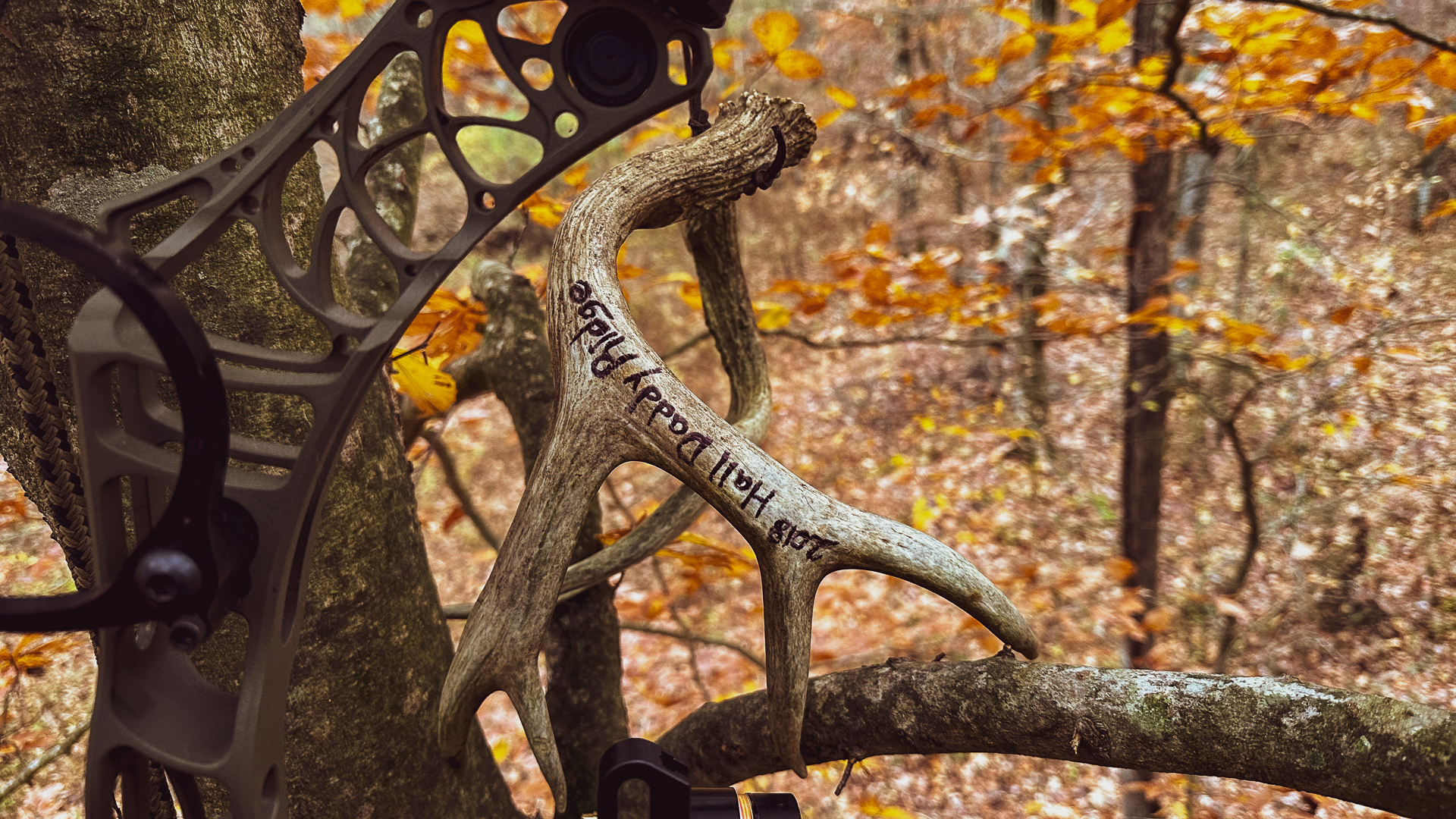Greg Tinsley
With apologies to the beloved bull redfish, ‘gator trout, cobia, jacks and the like, the undisputed rock star of the saltwater shallows is the powerhouse tarpon, a tackle-smashing time traveler from the days of the dinosaurs. When encountered upwards of 150 pounds, “he” is most always a 50-year-old “she.” No matter. Our planet features only one fish known well as The Silver King.
WATCH: The Silver King
Catching and releasing a tarpon, the speedster bonefish and the clinically cautious permit in the same day, thereby achieving the Grand Slam, is considered one of the greatest accomplishments in fishing. On the fly rod, all in one day, such spot-and-stalk feats measure in skill, luck and fortitude against any sporting campaign by land or sea.
When healthy, all three of these chrome-colored beauties personify the shark-proof survivalist, which begs the question:
How on Earth has their existence become scientifically concerning?

By 1997 the once-prolific bonefish was ever-more scarce in the Florida Keys. Six anglers began the search for answers, quickly discovering that they likely knew more about Florida Bay and ocean-side bonefish than was known by the vaunted University of Miami.
A few years later, 60 founding members, representing a hall-of-fame collection of flats-fishing masters, formed Bonefish and Tarpon Unlimited. By 2009 these same American conservation heroes, together with increasing numbers of fish-loving recruits, renamed the organization Bonefish & Tarpon Trust (BTT). The group soon began to focus its efforts on conserving permit as well, perhaps the most difficult fish in the world to entice with a fly.
BTT has long followed the science-based approach to resource management and conservation, but with the added dimension of connecting scientists, anglers, resource managers and policymakers to a single vision of improved management. BTT movement studies of bonefish, tarpon and permit remain unprecedented. Its hallmarks include ongoing and forthcoming science-based conservation and habitat restoration, domestic and international collaborations and advocacy and stakeholder communications. As funding allows, BTT refines and defines the science of these fisheries – with member volunteers often waist-deep in the physical labors of investigation and restoration, from threatened juvenile tarpon nursery habitat in Florida to once-pristine mangrove-fringed shorelines in the Bahamas stripped bare by Hurricane Dorian.
Today, BTT is the world’s top-tier champion for these three amazing sportfish-only species, which positively impacts their entire ecosystems. In sync with other name-brand conservation organizations, BTT continues fighting the long war to resolve the Everglades’ broken freshwater cycle – that manmade South-Florida “Apocalypse Now” debacle with life-on-Earth implications.
Mossy Oak is an awestruck partner and supporter of the work of Bonefish & Tarpon Trust, with more adventures from BTT’s far-reaching conservation efforts scheduled for these pages.
Please join Mossy Oak and fishing’s big-game conservation crusaders by visiting www.BTT.org.
Special thanks to BTT for the tarpon-at-hand photo, the photography work of renowned marine biologist Dr. Aaron Adams; and to Nick Roberts, Editor, Bonefish & Tarpon Journal, for his many contributions to this dispatch.































